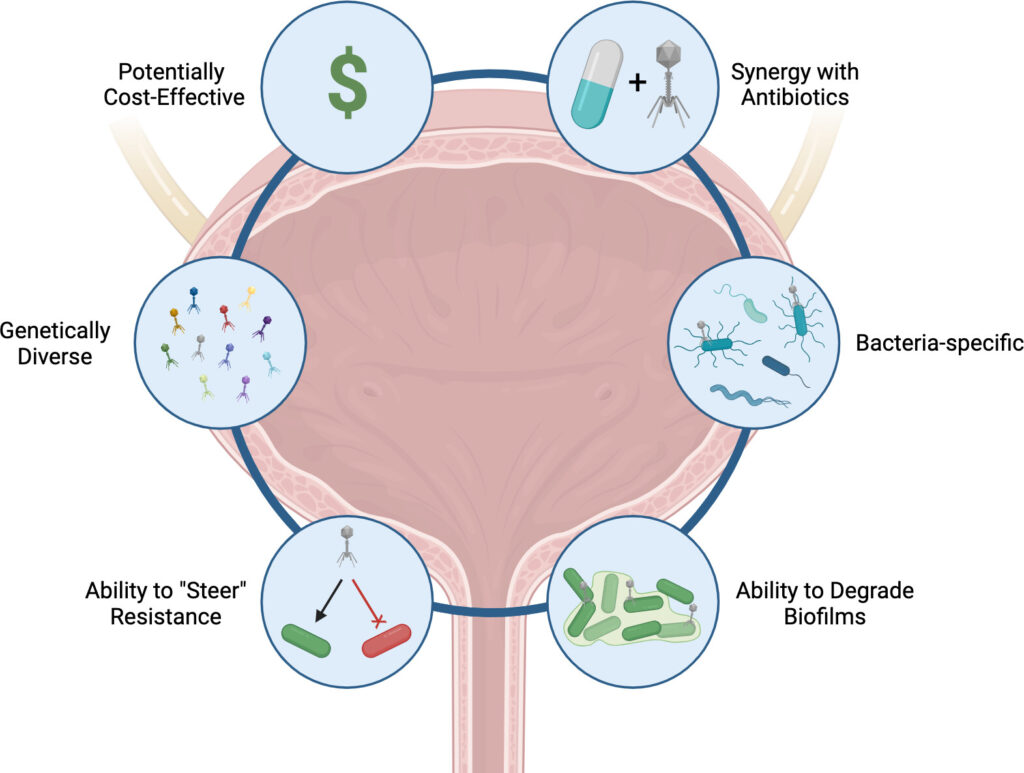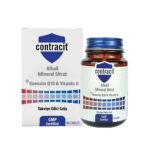Urinary tract infections (UTIs) are a common clinical concern affecting millions globally. While antibiotics remain the primary mode of treatment, growing antibiotic resistance underscores the need for effective adjunctive therapies. Urine acidification, a strategy aimed at lowering urinary pH, has emerged as a promising adjunctive measure in managing recurrent and resistant UTIs.

Understanding Urine Acidification: Mechanism of Action
The therapeutic rationale behind urine acidification lies in its ability to create an unfavorable environment for uropathogens. Most bacterial species responsible for UTIs, including Escherichia coli, thrive in neutral to alkaline urine. Acidifying the urine can suppress bacterial growth, enhance the efficacy of certain antimicrobial agents, and improve the action of urinary antiseptics such as methenamine.
pH and Bacterial Growth Dynamics
- Methenamine: Requires an acidic pH (<5.5) to convert into formaldehyde, which exerts non-specific antimicrobial effects.
- Inhibition of Urease-producing bacteria: Acidic urine impedes bacteria like Proteus mirabilis that alkalinize urine through urease activity.
Agents and Methods for Urine Acidification
Several substances and dietary interventions can effectively acidify urine. These include:
Pharmacological Agents
- Ascorbic Acid (Vitamin C): Often administered in doses of 500 mg to 1000 mg daily. It has a mild acidifying effect and also serves as an antioxidant.
- Methionine: An amino acid metabolized into sulfuric acid, effectively reducing urine pH.
- Ammonium Chloride: Rarely used due to gastrointestinal intolerance and systemic acidosis risk.
Dietary Measures
- Increased Intake of Animal Proteins: Promotes acid production through sulfur-containing amino acid metabolism.
- Cranberry Products: Contain hippuric acid and have been shown to modestly lower urinary pH.
- Reduced Alkaline Foods: Limiting fruits like bananas and vegetables like spinach helps sustain an acidic environment.
Clinical Evidence Supporting Urine Acidification
Methenamine-Hippurate in Acidic Urine
A meta-analysis of randomized controlled trials demonstrated that methenamine hippurate significantly reduces UTI recurrence in women, particularly when urine pH is maintained below 5.5. Its efficacy is nullified in neutral or alkaline urine, making acidification indispensable.
Enhanced Antibiotic Synergy
Certain antibiotics, such as nitrofurantoin, exhibit increased activity in acidic urine. Conversely, antibiotics like aminoglycosides perform poorly in acidic environments. Thus, urinary pH modulation should be personalized based on the antimicrobial regimen.
Case Studies and Observational Data
Multiple case reports highlight reduced recurrence rates in patients combining urine acidification with first-line antimicrobial therapy, especially in individuals with indwelling catheters or neurogenic bladders.
Clinical Application and Protocol
Indications
- Recurrent UTIs unresponsive to standard treatment
- Use with methenamine or other urinary antiseptics
- Prevention in catheterized or immunocompromised patients
Protocol Outline
- Baseline Urinary pH Assessment
- Use dipsticks or laboratory analysis
- Initiation of Acidifying Agents
- Start with ascorbic acid or methionine
- Adjunctive Methenamine Therapy (if indicated)
- Dose: 1g twice daily (adults), only effective below pH 5.5
- Monitoring
- Weekly pH checks; adjust acidifying dose accordingly
- Hydration Maintenance
- Essential to prevent concentrated urine and potential crystal formation
Potential Risks and Contraindications
Although urine acidification is generally safe, certain precautions must be taken:
- Contraindicated in Renal Impairment: Risk of metabolic acidosis
- Drug Interactions: Acidic pH may alter drug excretion kinetics
- Urolithiasis Risk: Uric acid stones may form in persistently acidic urine
Future Perspectives and Ongoing Research
Emerging studies are exploring targeted pH modulation through microbiome manipulation and nano-acidification strategies. The synergy between urine acidification and precision antimicrobial stewardship could transform UTI management protocols, particularly in the era of multidrug resistance.
Summary and Clinical Takeaways
- Urine acidification is a validated adjunctive therapy, especially in combination with methenamine.
- Lowering urine pH to <5.5 can suppress uropathogen growth and improve antimicrobial efficacy.
- Proper monitoring, individualization, and attention to contraindications are critical for safe and effective implementation.
Frequently Asked Questions:
What is the ideal urine pH for treating UTIs with acidification?
A urine pH below 5.5 is generally recommended to inhibit bacterial growth and activate urinary antiseptics like methenamine.
How can I naturally acidify my urine?
Natural methods include consuming more animal proteins, cranberry products, and vitamin C while reducing alkaline foods like leafy greens and citrus fruits.
Can I use urine acidification alone to treat UTIs?
It is most effective as an adjunct, not a standalone therapy. Antibiotics or urinary antiseptics should remain the primary treatment.
Are there any risks to urine acidification?
Yes, including the potential for uric acid kidney stones and systemic acidosis, particularly in patients with renal impairment.
Is methenamine effective in neutral urine?
No. Methenamine requires acidic urine to convert into formaldehyde and exert its antimicrobial action.

